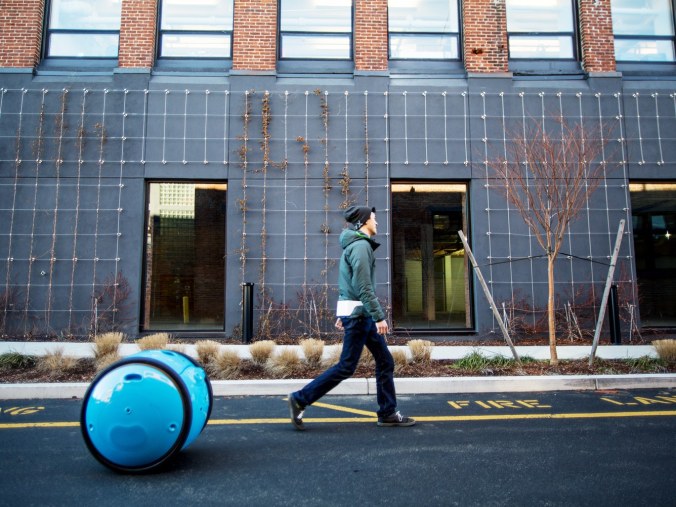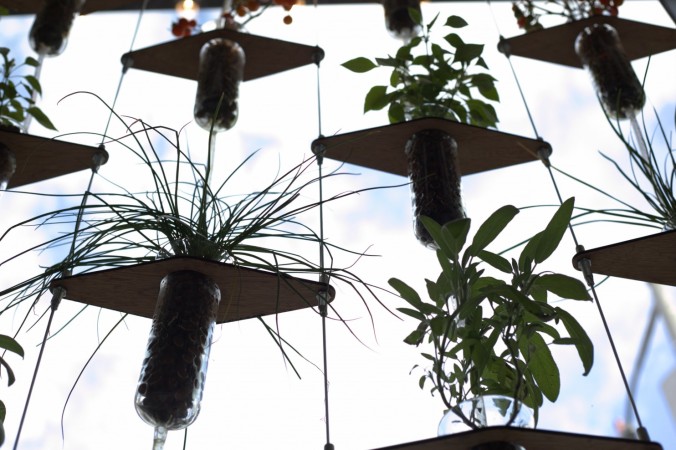 Nicholas Clairmont reviews the book in this publication we have recently been following:
Nicholas Clairmont reviews the book in this publication we have recently been following:
A new book warns against pushing all the world’s problems into the climate bucket.
Mike Hulme, a Cambridge professor of human geography who has served on the U.N.’s Intergovernmental Panel on Climate Change and holds a certificate for his contributions to that body’s climate science from when it was awarded the 2007 Nobel Peace Prize, is no climate denier. And yet time and again in his new book he is at pains to preempt the charge that, actually, he is. “Again, don’t misread me,” he writes at one point, “climate kills and climate change is real.” Elsewhere in the book he describes human-caused climate change as a “scientifically well-established fact.” So why the anxiety that readers will say, as he anticipates, “you sound just like a climate denier”? Continue reading









 Logic, even if it seems to be missing much of the time, provides a set of rules by which the world can at least make more sense. It may not always help one rule the world, but it helps understand some of the rules of the world. Mr du Sautoy’s idea here is akin to the one we make, and link out to from time to time, about the value of liberal arts education for the sake of learning how to think and communicate clearly:
Logic, even if it seems to be missing much of the time, provides a set of rules by which the world can at least make more sense. It may not always help one rule the world, but it helps understand some of the rules of the world. Mr du Sautoy’s idea here is akin to the one we make, and link out to from time to time, about the value of liberal arts education for the sake of learning how to think and communicate clearly:







